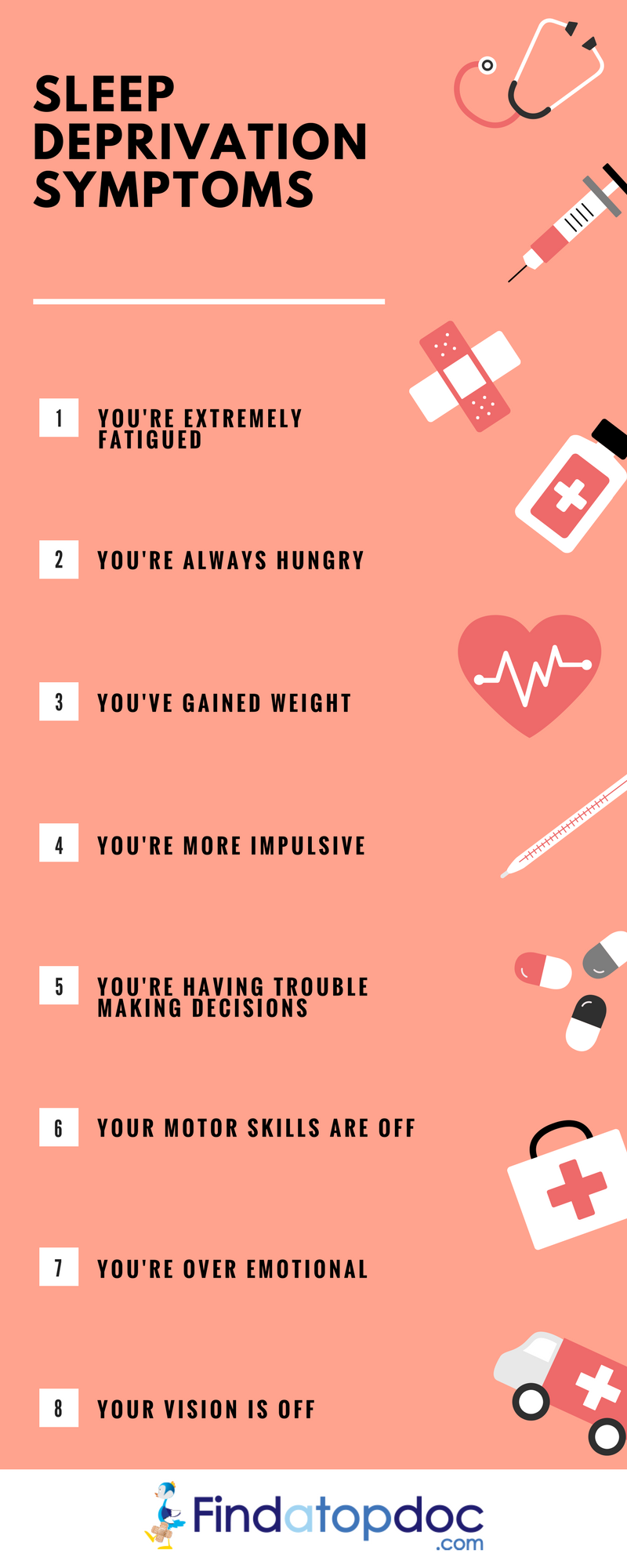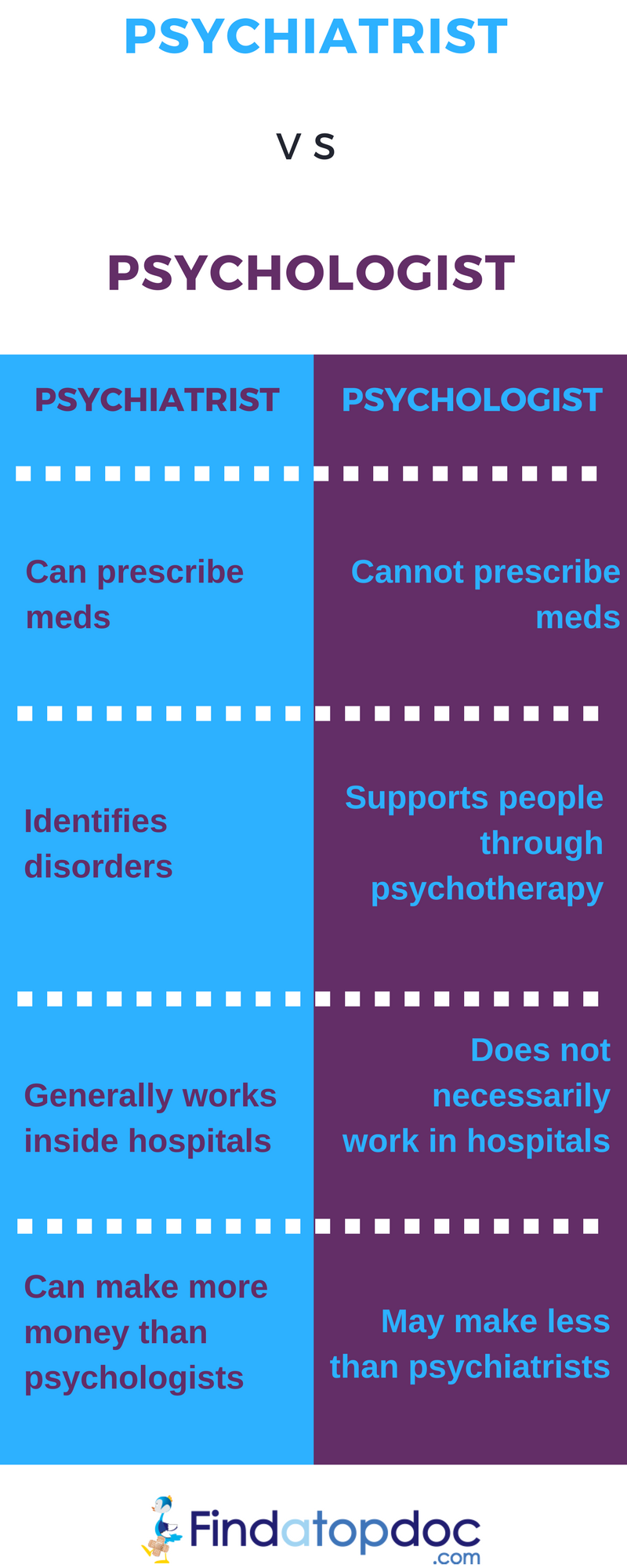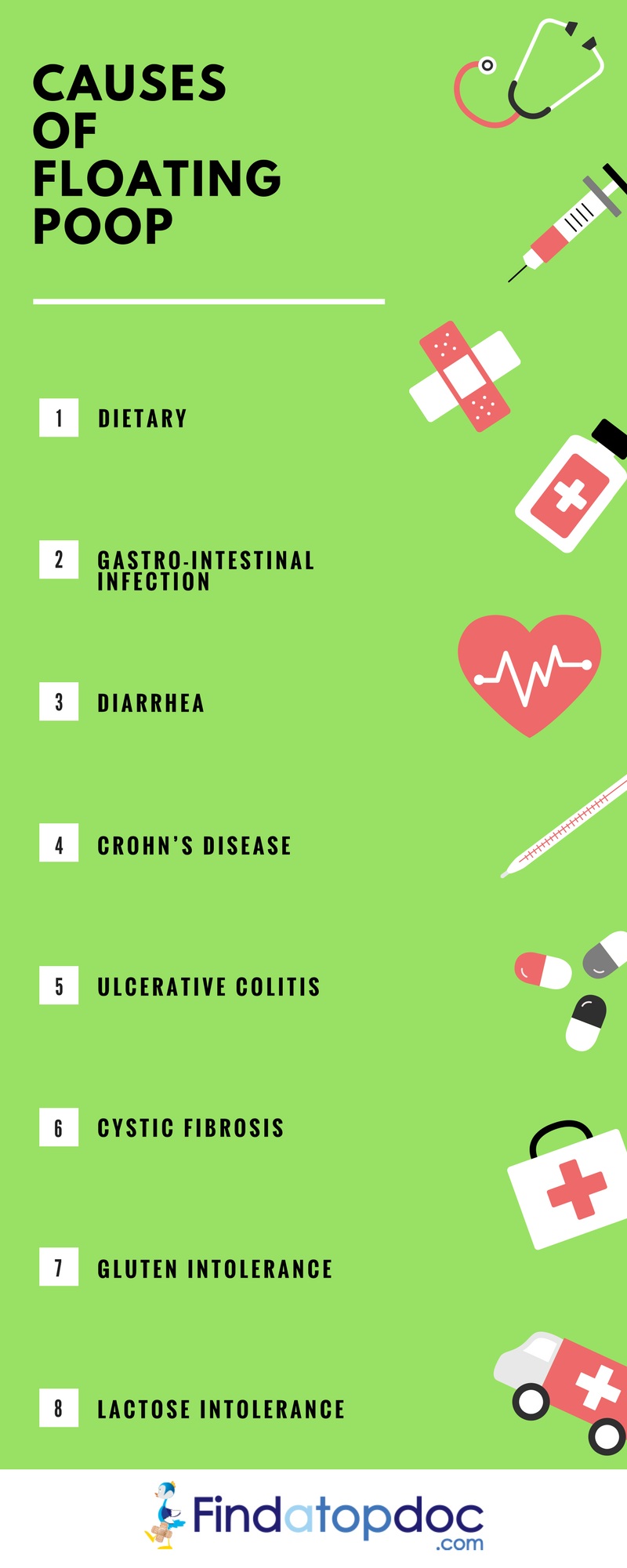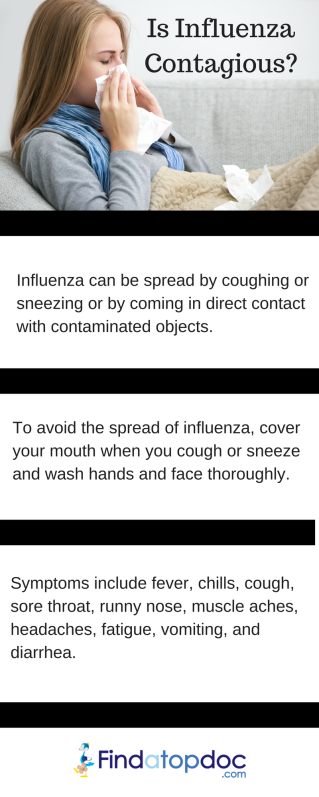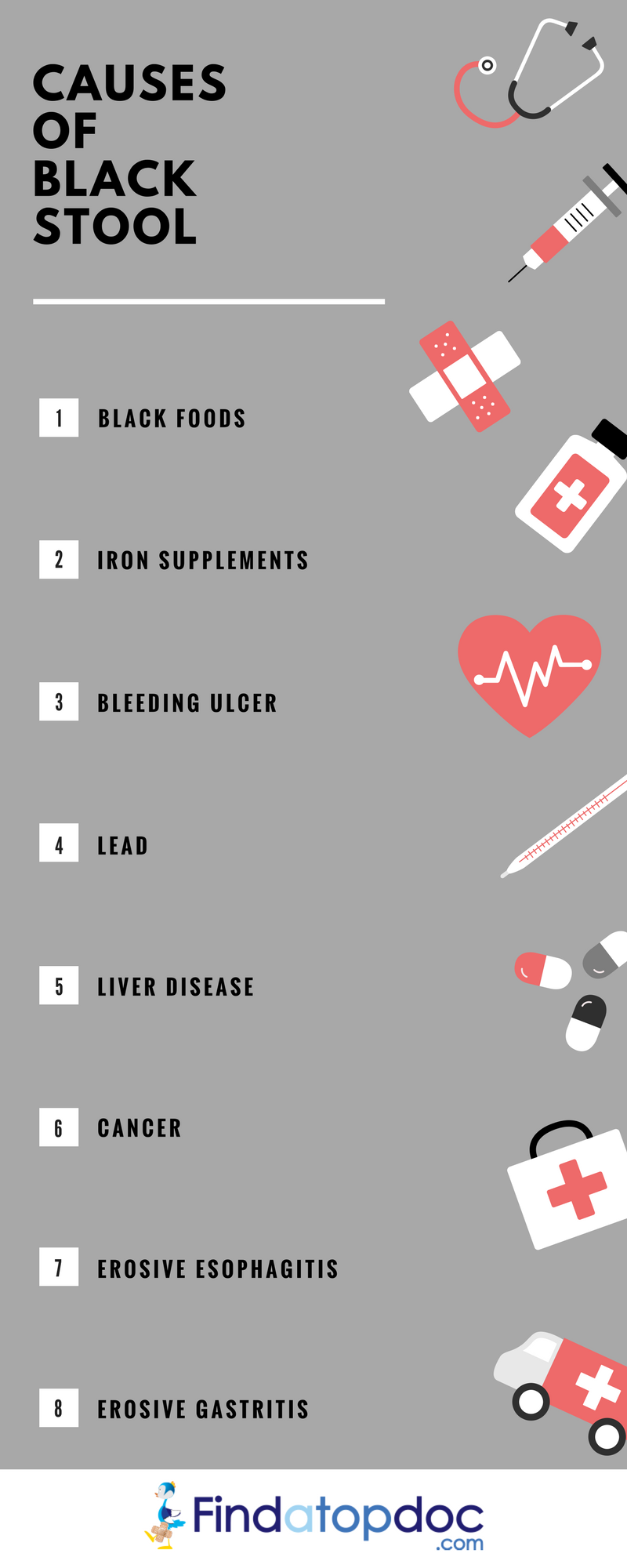When you have itchy skin, you want to stop the itch as soon as possible. Sometimes, you have no anti-itch medications around, and you can’t get to a pharmacy. A home remedy can often be found in your kitchen.
Oatmeal baths can soothe skin that’s itching from any one of a number of causes, from poison ivy to pregnancy-related conditions.
Oatmeal is made from common oats, Avena sativa.
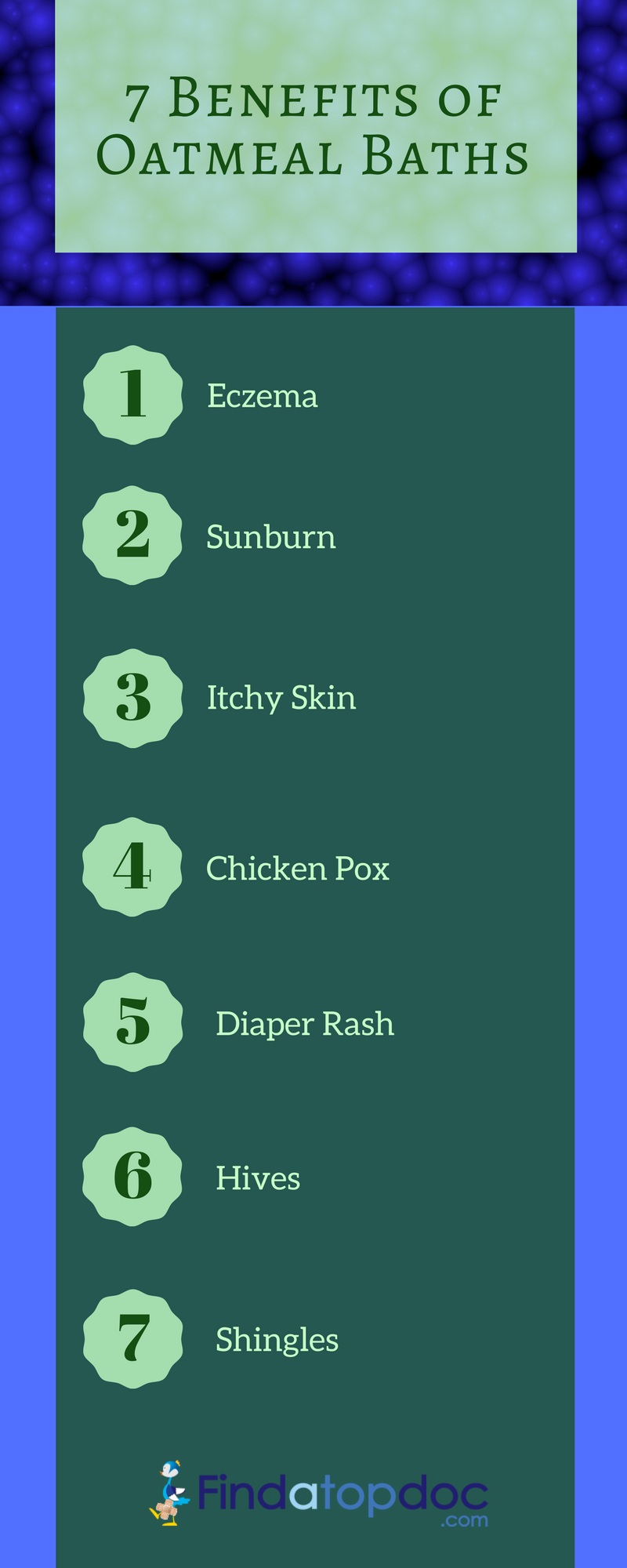 Source
Source
How to Prepare an Oatmeal Bath
If you're using a store-bought product, follow the directions on the package. Dermatologists suggest:
- Make sure the water is lukewarm, not hot.
- Sprinkle the recommended amount or 1 cup of your DIY oatmeal under running water as the tub fills.
- Soak for about 10-15 minutes.
- After the bath, gently pat yourself dry so your skin still feels damp.
1. Polyphenols in oatmeal soothe the skin
Research points to polyphenols called avenanthramides, found mainly in oats, for their ability to soothe itching and irritated skin. Avenanthramides exhibit anti-inflammatory, antiproliferative and anti-itching activity.
2. Itchy skin remedy
Itchy, dry skin often has a high pH level, but oatmeal can help normalize your skin’s pH, which can relieve itchy, uncomfortable skin.
Oatmeal baths also soften and moisturize your skin, which helps lock in moisture and protect skin from exterior irritants.
3. Calms atopic dermatitis or eczema
Topical corticosteroids are the first-line treatment for eczema, and have been used widely for decades to treat various inflammatory skin conditions. But when applied daily for long periods of time, topical corticosteroids can produce unwanted side effects. Some of these include:
- Thinning of the skin
- Stretch marks
- Easy bruising and tearing of the skin
4. Face wash
Oatmeal contains chemicals known as saponins that are characterized by their intense cleansing properties. Saponins are commonly added to shampoos and detergents for its emulsifying and foaming abilities that create a rich lather. This makes oatmeal ideal to use as a face mask, cleanser or soap for every skin type, especially sensitive skin.
5. Relieves dryness
Oats impart a protective layer over the skin’s surface, which helps retain its natural moisture. During your oatmeal bath, the natural starches in oats will absorb water and bind to your skin. And the polyphenols or avenanthramides will work to relieve your dry skin.
